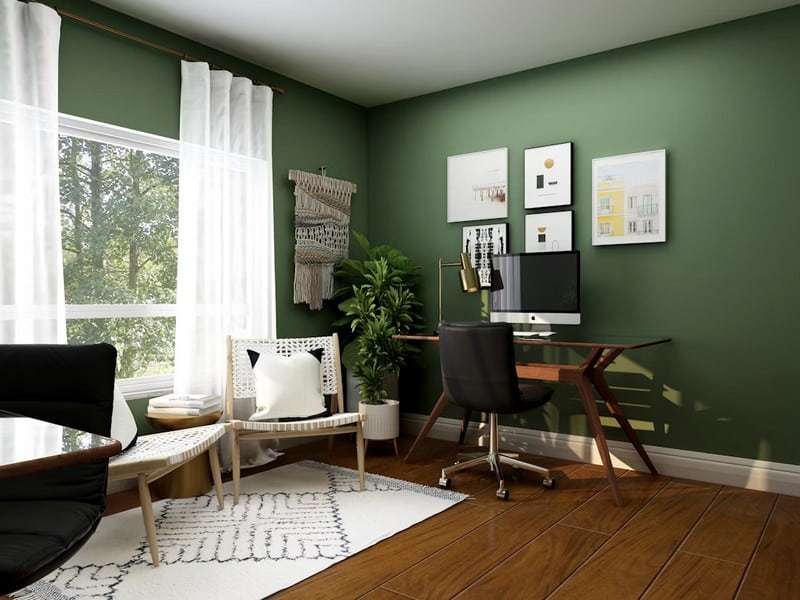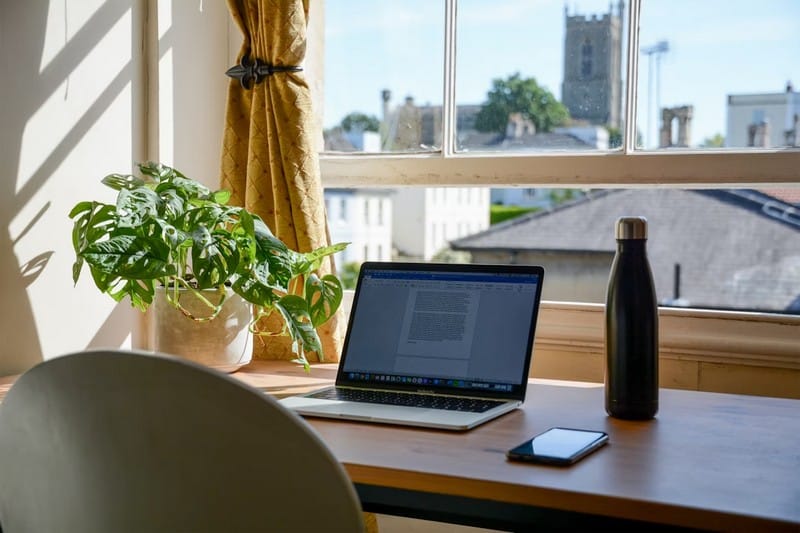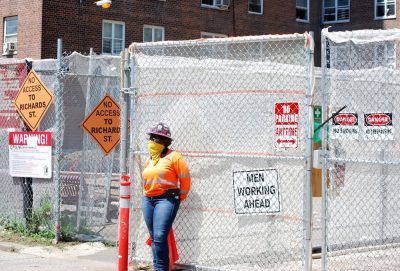
Remember when a home office meant a desk buried under cables? Power cords, USB cables, ethernet lines, headphone wires—all tangled together in a mess that made even the most organized person want to give up. I spent years trying to manage that chaos with cable organizers, clips, and under-desk trays. It never really worked.
Then wireless technology actually got good, and suddenly the game changed completely.
We’re not just talking about aesthetics here, though that’s part of it. Wireless tech is fundamentally reshaping how we think about home office design. It’s eliminating constraints we didn’t even realize were holding us back.
The Cable Problem Was Bigger Than We Thought
Cables don’t just look messy—they dictate your entire room layout. Your desk has to be near outlets. Your router location determines where you can actually work. That lamp you love? Can’t use it there, the cord won’t reach. Every decision becomes about accommodating infrastructure instead of creating a space that actually works for you.
And let’s be honest, cable management solutions are really just cable hiding solutions. You’re still dealing with the problem, you’ve just shoved it under your desk or behind a box. It’s still there, collecting dust, making it impossible to move furniture without unplugging everything and starting over.
I watched my sister try to rearrange her home office last year. What should’ve been a quick Saturday project turned into an entire weekend because she had to figure out how to route everything through different paths. By Sunday evening, she’d basically put everything back where it started because nothing else actually worked.
What Actually Changes When You Go Wireless
The first thing you notice is freedom. Your desk can go anywhere. Not “anywhere near an outlet”—actually anywhere. Want to work facing the window for natural light? Done. Want your desk in the center of the room? Go for it. The space starts working for you instead of you working around the space.
But it goes deeper than that. When you’re not tied to specific locations, you can design for how you actually work instead of where the outlets happen to be. Need to pace while on calls? Your workspace can be mobile. Want a standing desk one day and a chair the next? Easy transition. The room becomes flexible in ways that just weren’t possible before.
The visual difference is pretty dramatic too. A clean desk with a laptop and maybe a plant looks intentional. Professional. That same desk with six cables running everywhere looks like you gave up halfway through setting up. Wireless tech isn’t just removing clutter—it’s removing the visual noise that makes a space feel chaotic even when it’s technically organized.
The Audio Revolution

Headphones might seem like a small thing, but they’re where most people really feel the difference. Traditional wired headphones created this weird leash effect. You’d lean back in your chair and yank them off your head. Want to grab coffee while on a call? Either shout from the kitchen or end the meeting.
Modern JBL wireless earbuds and similar tech eliminated that constraint entirely. You can move around your space naturally. Take calls while looking out the window. Walk to another room to grab something without interrupting your flow. It sounds simple, but it changes how you use your office.
And from a design perspective, wireless earbuds are invisible. They don’t add anything to your desk. No charging station taking up space, no tangled cord creating visual clutter. They just disappear into your workflow without announcing themselves.
The Minimalist Effect
Here’s what’s interesting: wireless tech doesn’t just enable minimalist design—it kind of forces you toward it. When you remove all the cables and accessories, you start noticing everything else that’s cluttering your space. That stack of notebooks you don’t use. The random charging cables for devices you don’t own anymore. The decorative items that aren’t actually decorative, they’re just there.
Suddenly you’ve got this clean foundation, and adding anything back requires justification. Does this serve a purpose? Does it improve the space? If not, why is it here?
My desk used to have probably 15 things on it. Now it’s down to five. Not because I’m trying to be some hardcore minimalist, but because once you see how good a clean space feels, you stop tolerating the unnecessary stuff.
Making It Work in Real Life
Going wireless doesn’t mean replacing everything at once. Start with the obvious wins. Wireless keyboard and mouse eliminate two cables immediately. Wireless charging pad for your phone gets rid of another. Bluetooth headphones or earbuds cut the most visible cable of all.
The lighting transition took me longer to figure out. Battery-powered LED strips and rechargeable desk lamps seem gimmicky until you realize you can put light exactly where you need it without planning around outlets. Task lighting becomes actually tactical instead of “wherever the cord reaches.”
Is everything perfect? No. Batteries die. Bluetooth occasionally decides to be Bluetooth. But the tradeoffs are so worth it that going back feels impossible.
The clutter-free home office isn’t about being obsessively minimal or spending thousands on designer furniture. It’s about removing the infrastructure that used to dictate our choices. Wireless tech gave us the freedom to design spaces around how we actually work, and honestly, there’s no going back from that.








